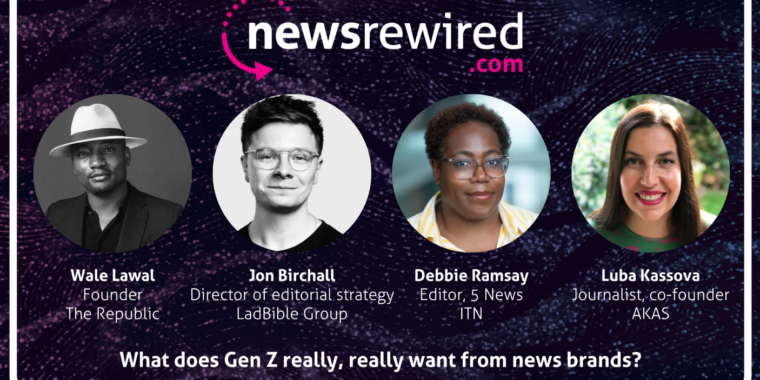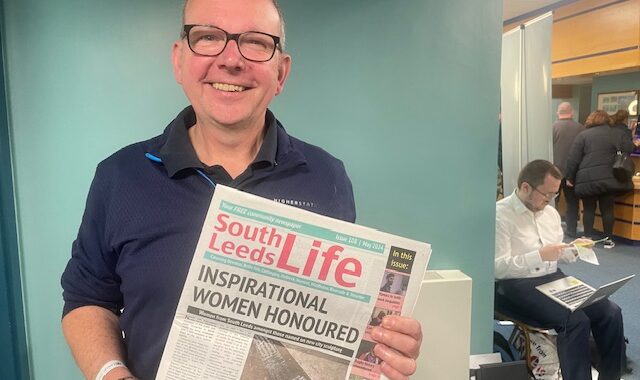What do hyperlocal[1] practitioners know about their audiences? What tools do they have at their disposal to discover their readers’ motivations and actions relating to their output? I recently posed this by way of a quiz at Talk About Local’s unconference event in Middlesbrough. I’m a firm believer of opening discussion by way of examples, so I sat down with a handful of ‘hyperlocals’ and threw out a number of questions, each with multiple choice suggestions of how their readers might collectively respond to certain situations. For example:
 People are annoyed about the speed of cars driving on their streets. Do they:
People are annoyed about the speed of cars driving on their streets. Do they:
a) Complain about it in conversation amongst friends and families?
b) Start a conversation online, maybe on the HL page?
c) Ask the HL to do a story about it?
d) Go out and organise a local speedwatch.
You can see the other questions and some discussion of how people responded here – there were no right or wrong answers, but it did illustrate that it’s key to consider how their ‘product’ is consumed. And more than just consumed, how it might be used, or applied.
From user-testing laboratories, to research hyperlocal audiences
So, why am I interested in audiences? Well, until last year, when I started work on the Community, Media and the Creative Citizen project, I had been working for six years at a university research and development lab which focussed on web usability and user-centred design. This largely involved working for clients such as Royal Mail, Birmingham City Council and Multiple Sclerosis Trust, and taught me a few key things that I’ve carried across to my research work now.
Stats and analytics tell you what’s happening, but not how or why.
Clients would sometimes say: “We’re not sure how much we need user-testing, because we already have Google Analytics, so we know what’s going on. We know what searches and pages people use to get to our site, and how long they spend there.” But this only tells part of the story. If someone is leaving a page quickly, is it because they’re quickly satisfied with the information there, or because they’re bored and put off? If no one’s visiting a certain page is it because they can’t find the link to it? Or because they saw the link but were put off by the title?
We can transpose these questions to a hyperlocal’s Facebook page. Yes, we know how many people ‘liked’, shared, or commented on a post, but why was that? The only way to get really in depth answers is through observing people using the site, or by talking to them. In some cases of course, part of the story is clear from looking at data.
Experts can only guess how a product is used; you need to observe the consumers to find out for real.
Broadly speaking, there are two main approaches I used in a client usability investigation: User-testing sessions, whereby we would work with and observe participants using the client’s site, and expert analysis, whereby we, as experts, would second-guess user responses to a site. The latter approach was much cheaper, as it simply involved one researcher roleplaying, walking through the site and a number of tasks. This was based on our years of experience watching people using sites, and what we might expect of a typical user. The danger there, was that we’d second-guess wrong.
In testing sessions with actual users, we’d often create a list of around ten expected behaviours or issues on the site (e.g. User completely ignores search bar). We’d then tick them off as observed across a number of sessions. However, as the testing day unfolded, we’d usually realise around a third of these expected behaviours weren’t being observed at all, and a whole new raft of repeated behaviours were being added to the list that we just couldn’t have expected.
Apply the same idea to community media – we might like to think that all our civic engagement stories are going to provoke discussion, but it’s often the very banal stories that receive the most comments.
If it’s worth doing at all, it’s worth doing with your users in mind.
Companies put a lot of money into (re)developing web sites. It’s often then very frustrating, when they do their user testing at the end of the process, to find it was fundamentally flawed from an early stage. They could have saved a lot of money with some user insight.
Similarly, we regularly talk about the digital labour expended in hyperlocal practice. People are often working full-time during the day, and blogging in the evening. This is their spare, leisure time. If they’re happy to do this as a hobby, or tech project, then fair enough. But even then, it would nice to think their considerable efforts are well received.
Looking at these three points might provoke a few more questions for practitioners.
- Am I posting this at a useful time of day, when the right / most people will see it?
- Is there a better way of phrasing what I’m saying?
- Would finding a suitable photo for this post add anything?
- How are people likely to react to this story, based on how they’ve responded to previous similar posts?
- Would hyperlinking the relevant agencies mentioned here make it a more engaging, interactive read for my audience?
In the meantime, I’ll be further investigating audiences in my own study towards a PhD, and continuing the work through the Creative Citizens project.
[1] I’m resisting adding words like media, blog, news or journalism after “hyperlocal” because practitioners frame themselves (often unconsciously) in a variety of ways.
*Image accompanying this article is copyright Stanford EdTech.




